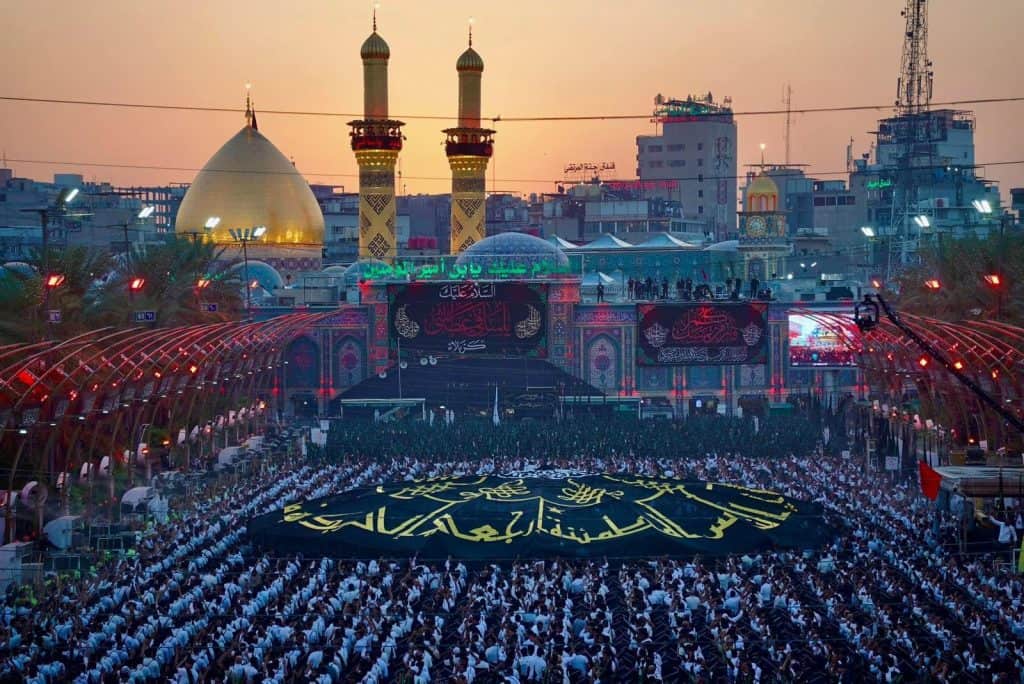By Michael Wakelin
Up to 21.5 million people have flocked to the shrine of Imam Husayn bin Ali, the third Imam in Shia history, for the annual Arbaeen pilgrimage, from Najaf to Karbala, south west of Baghdad.
I was among a delegation of six people from Britain who were invited to witness the event, which lasts for several days, reaching its peak on Sunday, a date determined by the lunar calendar.
Arbaeen comes from the Arabic Arba’in, meaning 40th, and marks the 40th day of mourning for the martyrdom of Imam Husayn bin Ali, a grandson of the Prophet Muhammad, killed in the Battle of Karbala in 680. He had refused to acknowledge the corrupt regime of a tyrant named Yazid, and died a martyr, buried in the city.
The Arbaeen pilgrimage is the biggest annual event on earth. And it’s hard to imagine a more dedicated army of pilgrims — the vast majority, an estimated 95 per cent, are Shia Muslims, but Sunnis and some other faiths join as well.
Most choose to join the human column walking the 80km from Najaf, where many prophets are buried, to Karbala, in simply blistering heat with temperatures reaching 48C on one day during this pilgrimage, making it the hottest place on earth. The journey takes three days to complete.
Others come from much further, one group of a hundred or so, arrived in Iran from Australia a month ago, so they could do the last 1,000km on foot.
The goal is the magnificent Imam Husayn Shrine in Karbala, a tomb enclosed within a box-like structure, standing in a courtyard comparable to the size of a football pitch. There are mirrors, bright lights and, at night, huge chandeliers.
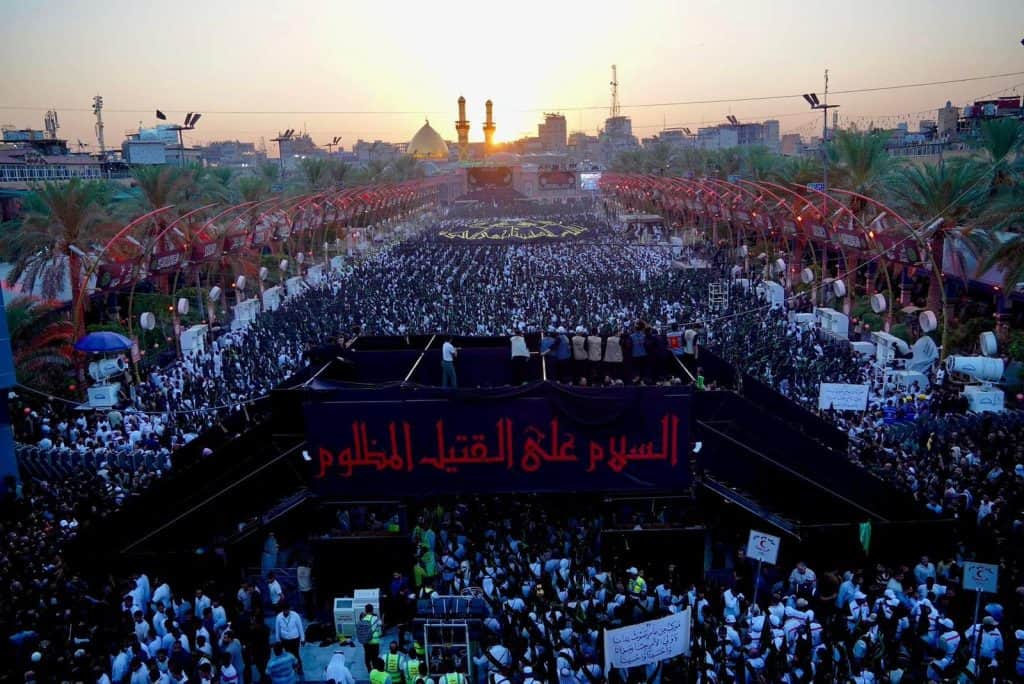
You have to be very patient to get anywhere near the tomb. People touch it, pray and weep. The shrine was more modest in size but has been massively extended over the years so the number of pilgrims can be accommodated.
Karbala is a lively city of about two million but swelling to 21.5 million this year during the pilgrimage. The numbers have been steadily increasing, up by 50 per cent since 2020, verified by authorities electronically collating data.
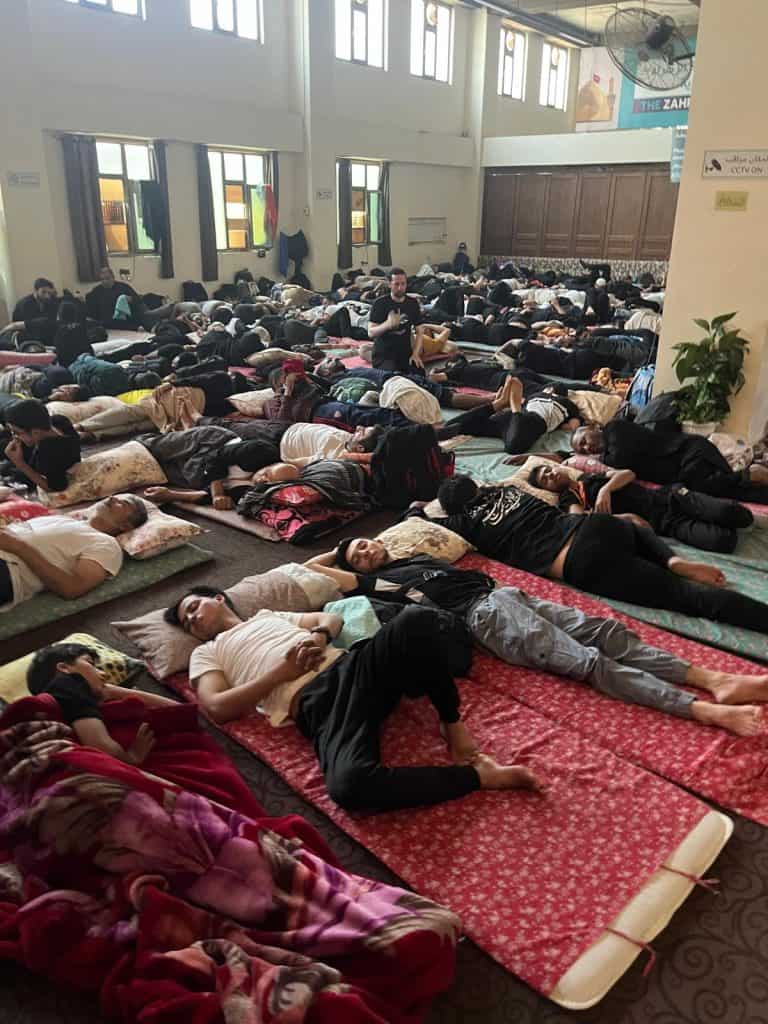
Most of the city’s residents open their homes. I heard of one family that slept up to 50 guests. Otherwise, a vast array of basic coverings are set up along road sides that might sleep 50 or so, and some more structured areas, the size of aircraft hangars, are made available. All this is offered without charge.
In addition there are many hotels, an airport and railway station. Near the shrine, roads are blocked to traffic, so eventually everyone has to get out and walk the final distance.
The shrine is open to pilgrims 24/7 and, because of the temperatures, many people choose to sleep during the day and visit the shrine at night, so the crowds are constantly moving.
As part of a small British delegation of interfaith practitioners and Muslim/Christian experts, I was in sweltering Karbala city for three days.
It is impossible to take in the scale of this, while wondering at the miracle that so many people can gather tightly packed, in such inadequate infrastructure.
It’s not my spirituality or my culture but there is much to admire, not least that most of the guards marshalling the many entrances to the area around the shrine are armed with tickling sticks rather than batons or guns: there are a few of those but very low key.
The government put in place security measures to safeguard the pilgrimage route and the city itself, but there were said to be no significant security concerns and a spokesman said that security forces were firmly in control across the country.
But perhaps the most remarkable thing, apart from the sweltering heat and constant noise day and night, is that, outside the hotel, no one has asked for any money for anything.
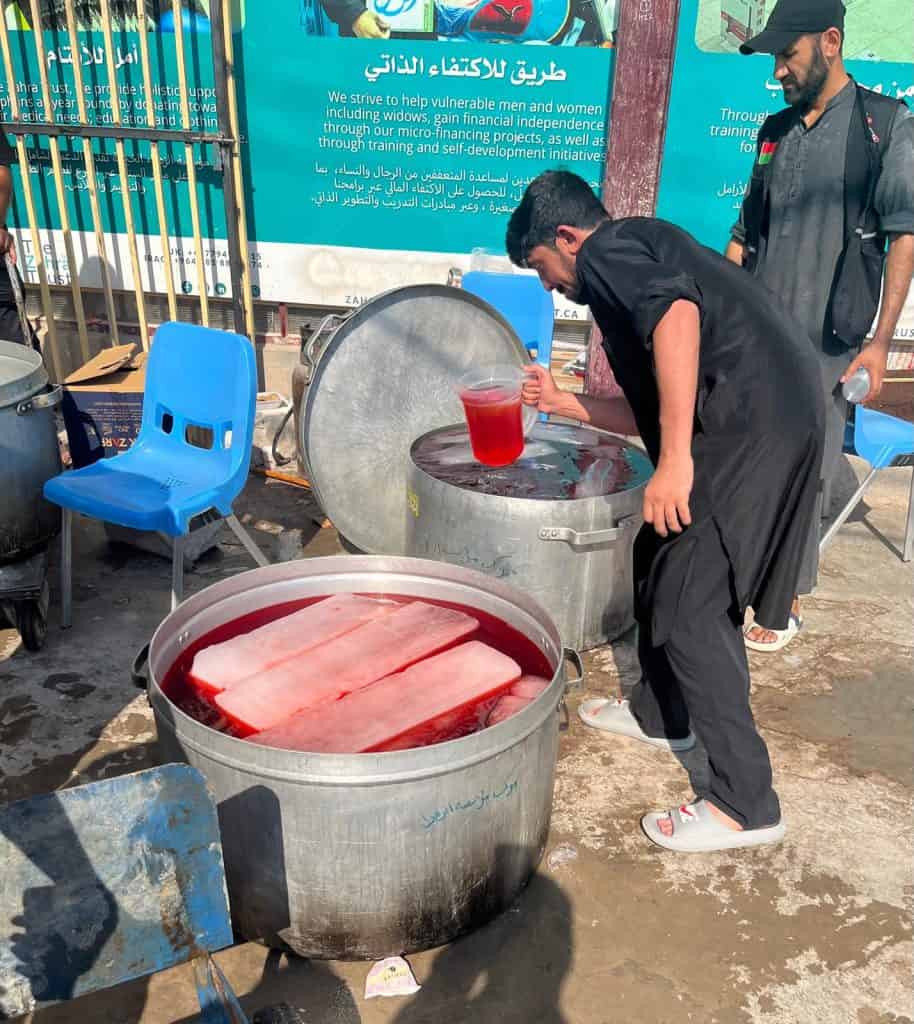
Everything is not only free but constantly being offered by people of all ages with smiling faces — cold water in sealed plastic cups and a choice of other drinks, but also trays of tasty food and hot meals from many stalls, including massive kebabs, each weighing a ton and each providing 20,000 meals daily.
And it’s not just food and sustenance. There is free medical care, dental care, shoulder massages, free laundry services and young men wafting huge cardboard sheets to keep you cool as you pass by.
No one wants anything from you, everyone it seems wants to give to you generously. Many Shias save their salaries so they are able to give to complete strangers in this way every year. Even as an obvious-looking foreigner and non-Muslim, at no point have I felt vulnerable.
As an example of how human beings can look out for each other and co-exist, it is remarkable. The old and disabled, including many ex-soldiers, are given help and space, tiny babies are all part of the experience. All the generations are here with perhaps a special focus on young people, where 14 to 25-year-olds are the most visible and apparently religiously committed.
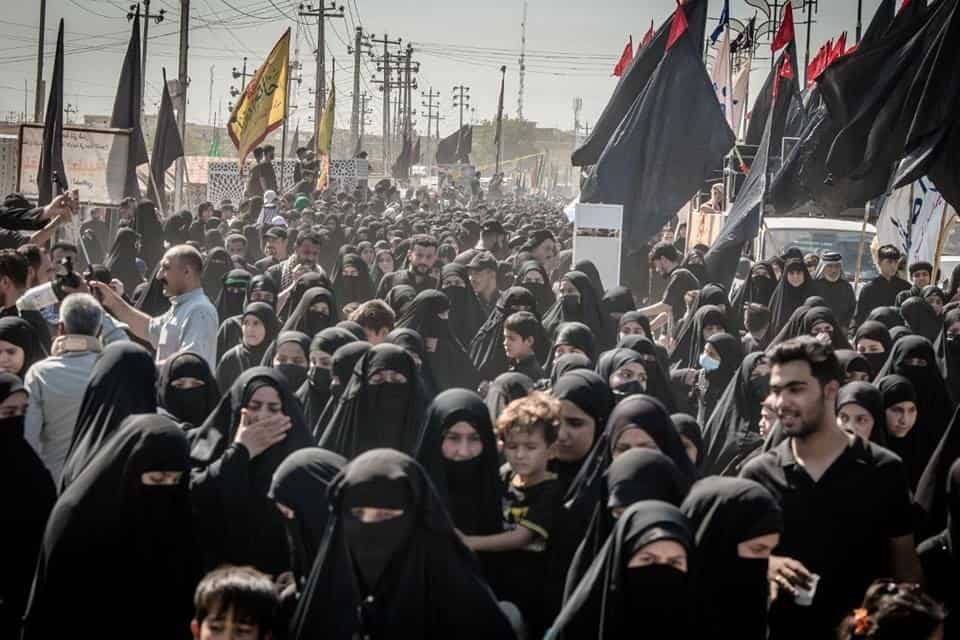
This extraordinary event has been preserved for centuries, despite endless conflicts, Saddam Hussein’s brutal oppression and various acts of terrorism.
Iraq is still rebuilding since the various wars and atrocities and is clearly rejoicing in its ability to express its majority Shia Muslim identity again after Saddam’s attempts to get rid of it. The population in Iraq is said to be 55 per cent Shia and 42 per cent Sunni.
The British delegation’s trip was facilitated by the Communications and Media Commission in Iraq, an independent body not affiliated with any governmental body, which says its aim is to develop media and communications in Iraq within regulatory standards. This year, the commission says, there were 3,615 journalists, 101 TV channels and 61 radio channels represented at the pilgrimage.
One of the concerns raised by journalists is how the Arbaeen can be environmentally sustainable in the future. Scientists predict ever-increasing temperatures will pose even higher health risks for pilgrims on the move.
There are concerns from environmental groups about the disposal of waste along the route and the unavoidable need to provide essential water for the pilgrims in plastic containers, as there is no drinkable mains water supply.
These issues were the subject of a recent meeting between government officials from Iraq and Iran, whose population is 95 per cent Shia Muslim, with an estimated three million people making the pilgrimage last year.
In preparation for this year’s event, it’s reported that officials from both countries met to collaborate on the operation of border crossings and to act on environmental concerns, with Tehran offering to help jointly create green spaces and implement waste management projects in Karbala.

